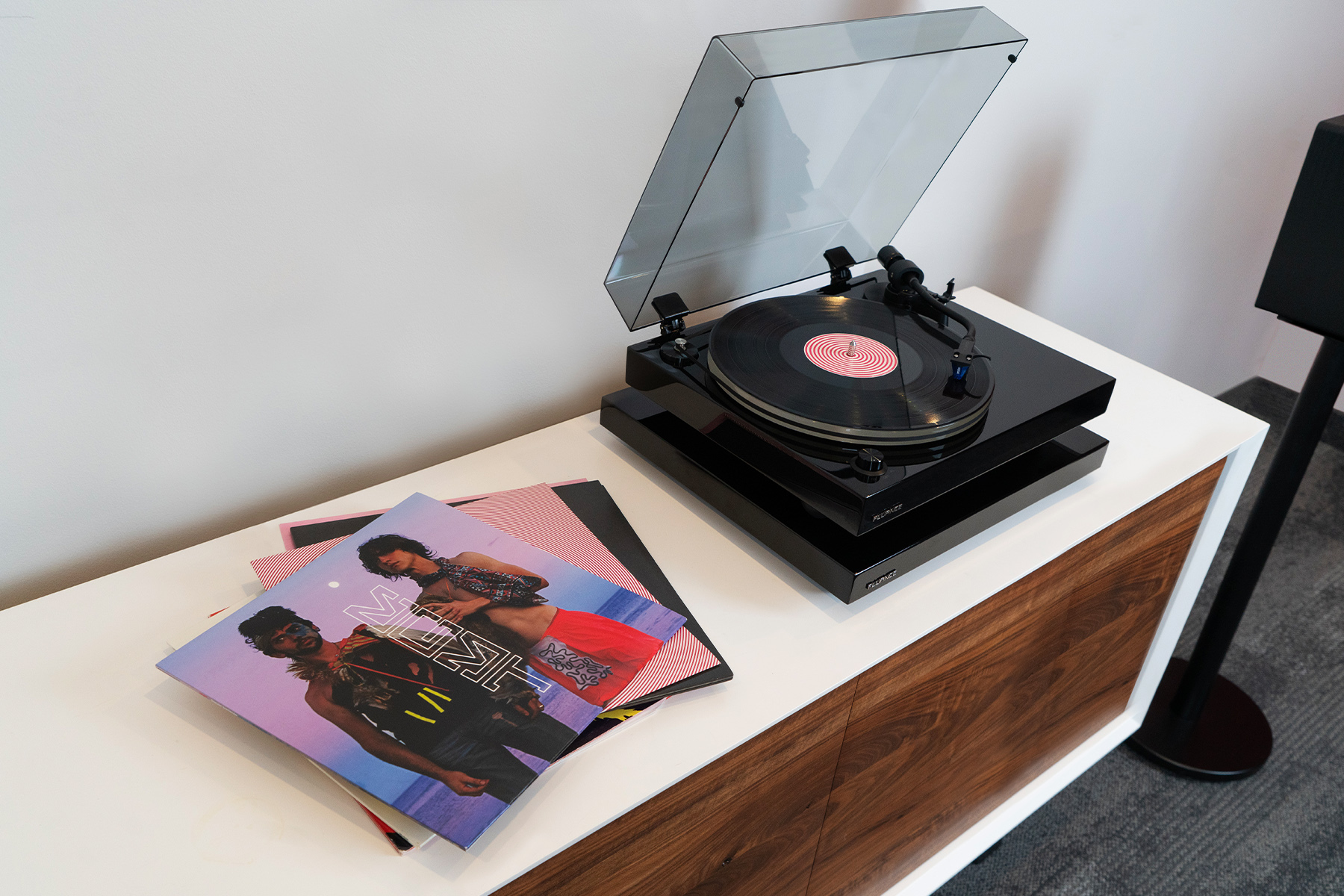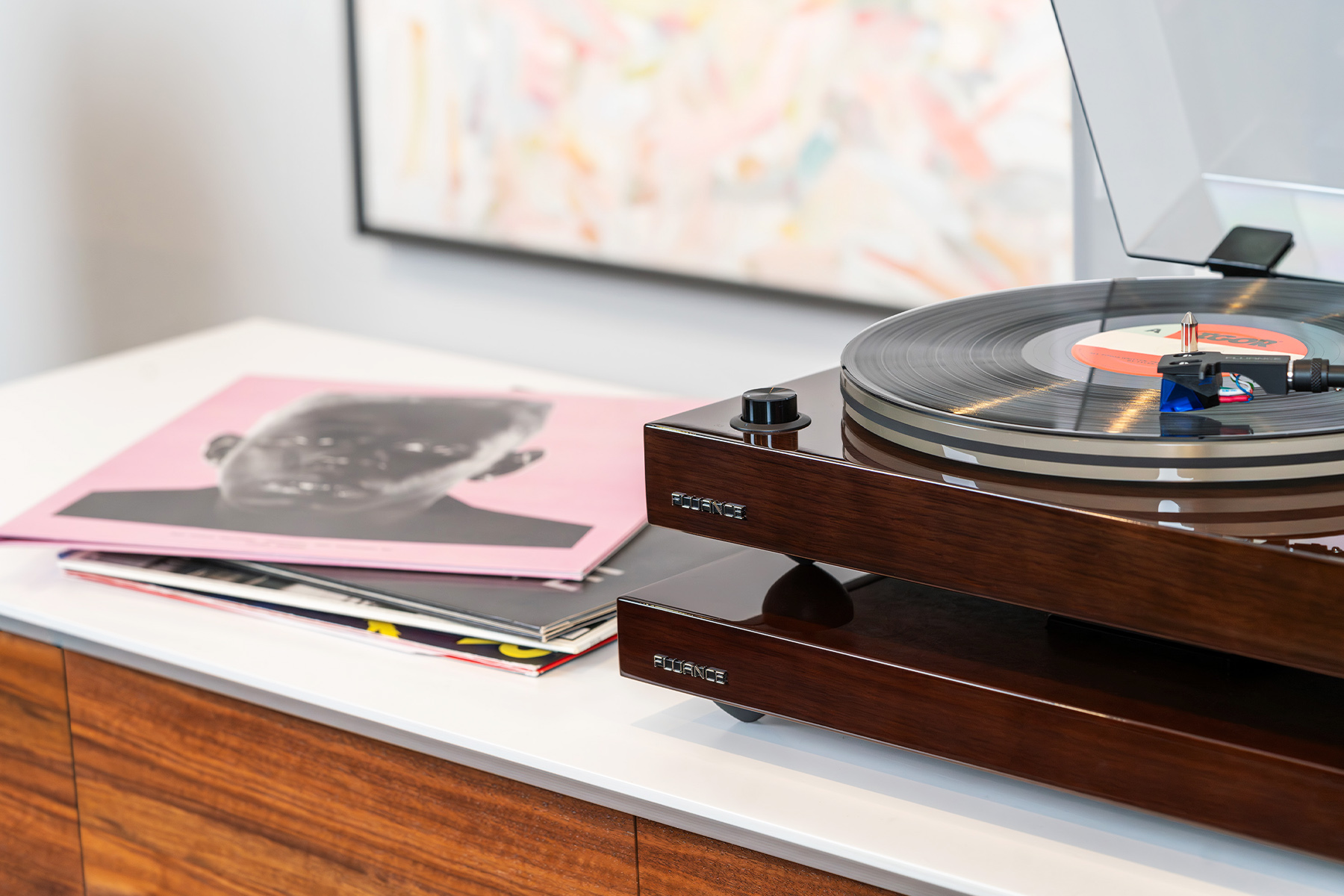Let me share my experience. I love analog music. I got a turntable. My place is right next to a busy street, and every time a heavy vehicle goes by, or I am getting my groove on with friends, my turntable starts acting like it’s on a caffeine jitter. I am sure you must have experienced something similar. You drop the needle, anticipating that pure, sweet vinyl bliss. You aimed for perfectly spinning records and ended up having micro-vibrations degrading the sound quality. Ah, the woes of the audiophile’s life! This gave rise to the need for anti-vibration isolation accessories like anti-vibration pads, isolation feet, and trusty turntable isolation bases. As our cities are becoming more chaotic, and places are becoming more crowded, these no longer act as mere optional accessories. Isolation platforms transform your humble turntable into a bastion of acoustic isolation, shielding your precious vinyl grooves from the jolts and jitters of life.
Contents
The best materials for vibrational damping for turntables:
Think of your turntable as a surfer, and these vibrations are gnarly waves trying to knock it off balance. Now, the tech behind keeping your turntable steady has come a long way. We’re talking about some real science-backed upgrades here.
Audio enthusiasts have used multiple materials for damping the vibrations. The main ones are foam, rubber, and wood – these are the Avengers of anti-vibration materials. Foam is the most rudimentary of all. It can become deformed and unleveled, thereby affecting the performance of your stylus. Rubber is commonly used as an anti-vibration base because it has a damping effect. However, its durability can be affected by pressure and temperature. To overcome this, silicone rubber is utilized as it offers excellent resistance to unprecedented conditions. Moreover, it has an optimal compression set, which enhances its ability to absorb shocks and vibrations better than traditional rubber vibration absorbers.
Silicone rubber acts like a trusty sidekick, but wood is the superhero. It’s like the Thor of damping vibrations. Wood has this natural talent for absorbing those pesky shakes and keeping your turntable as calm as Dr. Strange. Wood possesses the unique ability to absorb shocks and vibrations, delivering exceptional isolation. This is made possible by its cellular structure, where the lignin matrix acts as a combination of springs and dampers. The only caveat with natural wood is the inconsistency in its dampening propensity. For this reason, MDF wood is preferred over natural wood.
At Fluance, when we were conceptualizing an anti-vibrational isolation platform for record players and turntables, we wanted to combine the best options available rather than settling for just one. We chose silicone rubber feet for their steadfast grip and resilience. And the wood? We went for the damping prowess of a 36mm thick slab of MDF, ensuring your turntable stays as serene as a monk in meditation. It’s not just about making a style statement; it’s about delivering performance subtly, letting the quality speak for itself. It’s about crafting a temple of sound.
DIY vs professional-grade isolation base:
Now, I know some of you out there are thinking, “Hey, I can just slap my turntable on a chopping board, and boom, problem solved.” Hold up. Sure, a DIY fix can be a quick band-aid, but it’s like comparing a homemade go-kart to a Ferrari. You might get a bit of that smooth ride, but it’s not going to last, and it’s definitely not going to be the same.
While the DIY approach might seem like a clever hack, it lacks the nuanced engineering of a professional-grade isolation base. You see, every component in a professionally designed base—from the material selection to the precise thickness and density—is optimized for maximum vibration damping. These bases aren’t just slabs of material; they’re the result of extensive research and testing, aimed at isolating and absorbing the specific frequency range that turntables are sensitive to. After all, your turntable deserves more than just a makeshift stand; it deserves a foundation that honors the art of analog music.
My personal experience with the Fluance IB40 Isolation Base

The day I set my turntable on the IB40 Isolation Base, I could immediately sense the difference. Those annoying vibrations? Almost Gone. The sound? Clear as Calgary’s sky. It’s like my turntable went from being in the middle of a mosh pit to chilling in a lounge. And let me make a confession: at Fluance, where we’ve been geeking out over perfect sound reproduction for more than twenty years, this made us feel guilty for not coming up with it earlier. Our Research team says it’s all about ‘damping the drama and elevating the experience.’ Fancy, right? But it works.
The IB40 isolation base is like a fortress for turntables, keeping all those unwanted vibes at bay. It’s not just about mitigating noise; it’s about letting your records show you their true value. It’s like my records were waiting to unveil their true colors, hidden beneath layers of unwanted buzz. Now, even when my place is buzzing with friends and the world outside is doing its thing, my turntable tries to stay as calm as a Zen master.

Skip the Skip: Fluance IB40 Turntable Isolation Base
Wave goodbye to bad vibes! IB40 floats your turntable above chaos, letting you dive deep into the pure, undisturbed sound of your favorite tracks.
Learn More
